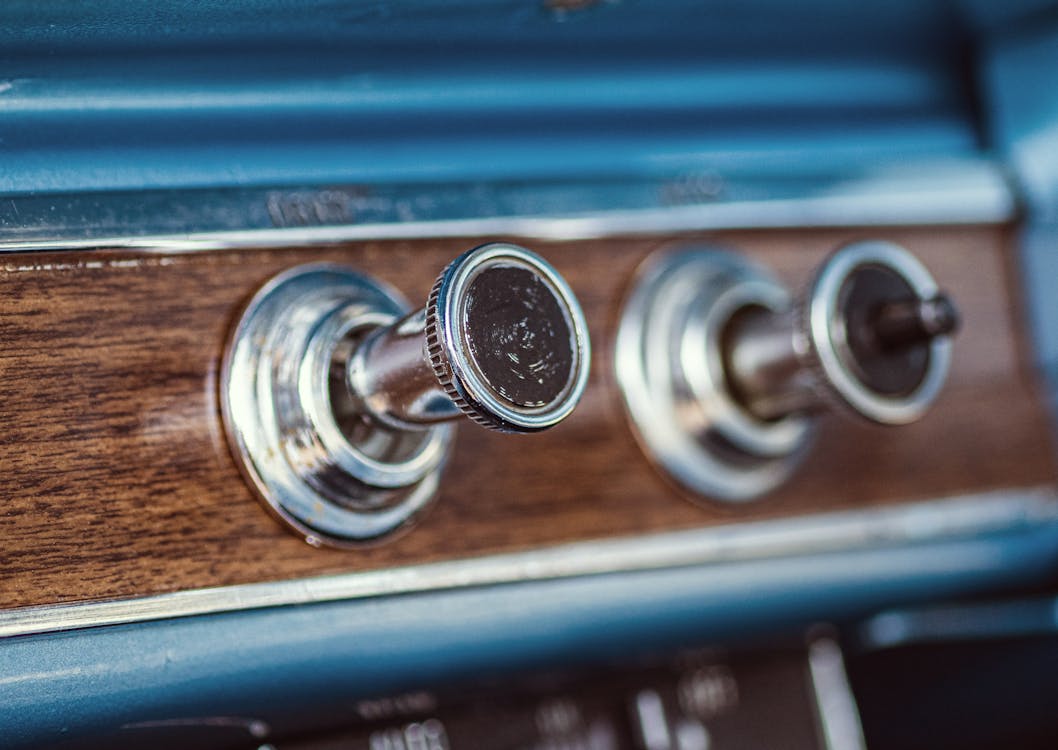
For the past decade, car insides have actually been rapidly developing towards smooth, screen-dominated control board. Touchscreens replaced traditional handles, sliders, and switches in what lots of assumed was the inevitable march of progression. Yet, in an unforeseen spin, physical buttons are quietly making their back into contemporary vehicles. The shift signals greater than just a classic nod-- it's a reaction to real-world responses from drivers food craving simpleness, safety, and responsive complete satisfaction.
The Digital Overload Dilemma
When touchscreens initially started taking over dashboards, they felt like the future: tidy, personalized, and loaded with functions. They removed mess and permitted automakers to improve their interiors with fewer physical elements. Yet as even more attributes were hidden within electronic menus, drivers began to voice issues.
Touchscreens commonly call for numerous actions to execute standard jobs like readjusting the environment or transforming the radio terminal. Unlike switches, they lack the user-friendly muscle mass memory that enables a vehicle driver to transform a setup without taking their eyes off the road. With so much happening on-screen, it becomes all also very easy to get distracted-- something no one desires when taking a trip at highway rates.
The Return of Tactile Functionality
Among the largest benefits of buttons is their responsive responses. You can feel them without needing to look. This sensory reinforcement makes them not simply practical but more secure for vehicle drivers. When your hand naturally understands where the volume knob is or just how far to press a switch to activate the defrost, it lowers the requirement to glance down or far from the road. And while touchscreens supply comfort for infotainment and navigating, the important daily features-- like risk lights, audio controls, and HVAC-- really feel much better matched to physical controls.
As a matter of fact, many motorists who formerly swore by digital systems have actually expressed admiration for newer versions that blend contemporary visual appeals with the sensible feel of typical controls. It's not about turning down innovation-- it's regarding boosting usability.
A Balanced Design Philosophy
Designers have actually noticed this shifting belief. As opposed to deserting screens, they're rethinking exactly how they're incorporated. The most effective insides now strike a balance between digital adaptability and analog accuracy. That means strategically putting switches for crucial functions while using digital interfaces for apps, navigation, and media.
This hybrid method is especially prominent in automobiles created for long-distance driving or family members. The convenience of pressing a button without messing up with a menu makes a big distinction when you're attempting over here to remain focused, comfortable, and secure. Also in automobiles understood for advanced tech, a simple rotating dial or responsive control can be the function that sways chauffeurs searching for thoughtful design.
Buttons and the Emotional Connection
There's also something distinctly psychological about switches. They bring a specific level of involvement that touchscreens simply don't reproduce. Pressing a switch or turning a dial seems like you're physically interacting with your car-- it includes a layer of connection that makes the driving experience a lot more pleasurable.
For those taking into consideration used Chevy cars, cars from recent years usually provide the most effective of both worlds: responsive touch user interfaces coupled with classic physical controls. These designs bridge the gap in between technology and familiarity, making them suitable for drivers who appreciate contemporary functions without giving up convenience of use.
Technology Isn't Just About Screens
It's easy to conflate innovation with displays, however real advancement suggests improving the driver experience. In this light, buttons are a form of smart design. They're fast, accurate, and do not require focus. As auto layout comes to be significantly driver-centric, ease and intuition take spotlight.
This likewise ties directly right into the resale and trade-in worth of automobiles. Cars and trucks that focus on easy to use functions tend to mature far better in the eyes of future purchasers. If you're thinking about a Chevrolet trade in, understanding that your current lorry provides an attentively created interior, total with easily obtainable controls, can have a positive effect.
The Future Is Functional
As vehicle suppliers re-evaluate the function of user interfaces in the cabin, they're directed by vehicle driver feedback and real-world use studies. The renewal of switches doesn't indicate a go back to the past-- it's a step forward in thoughtful, user-first style. It recognizes that progress doesn't constantly suggest eliminating the old however incorporating it in such a way that makes driving safer, easier, and more pleasurable.
If you're in the marketplace and discovering Chevy new car deals, keep an eye on exactly how different designs manage their interior controls. It's not just about the touchscreen size-- it's about just how the lorry aids you remain focused on the roadway while making your everyday commute much more intuitive. Buttons might not be the flashiest feature, yet they're promptly turning into one of the most appreciated.
For even more insights right into auto fads, interior design developments, and smart car purchasing ideas, be sure to check back routinely. We're constantly updating the blog with fresh concepts to help you browse the road in advance.